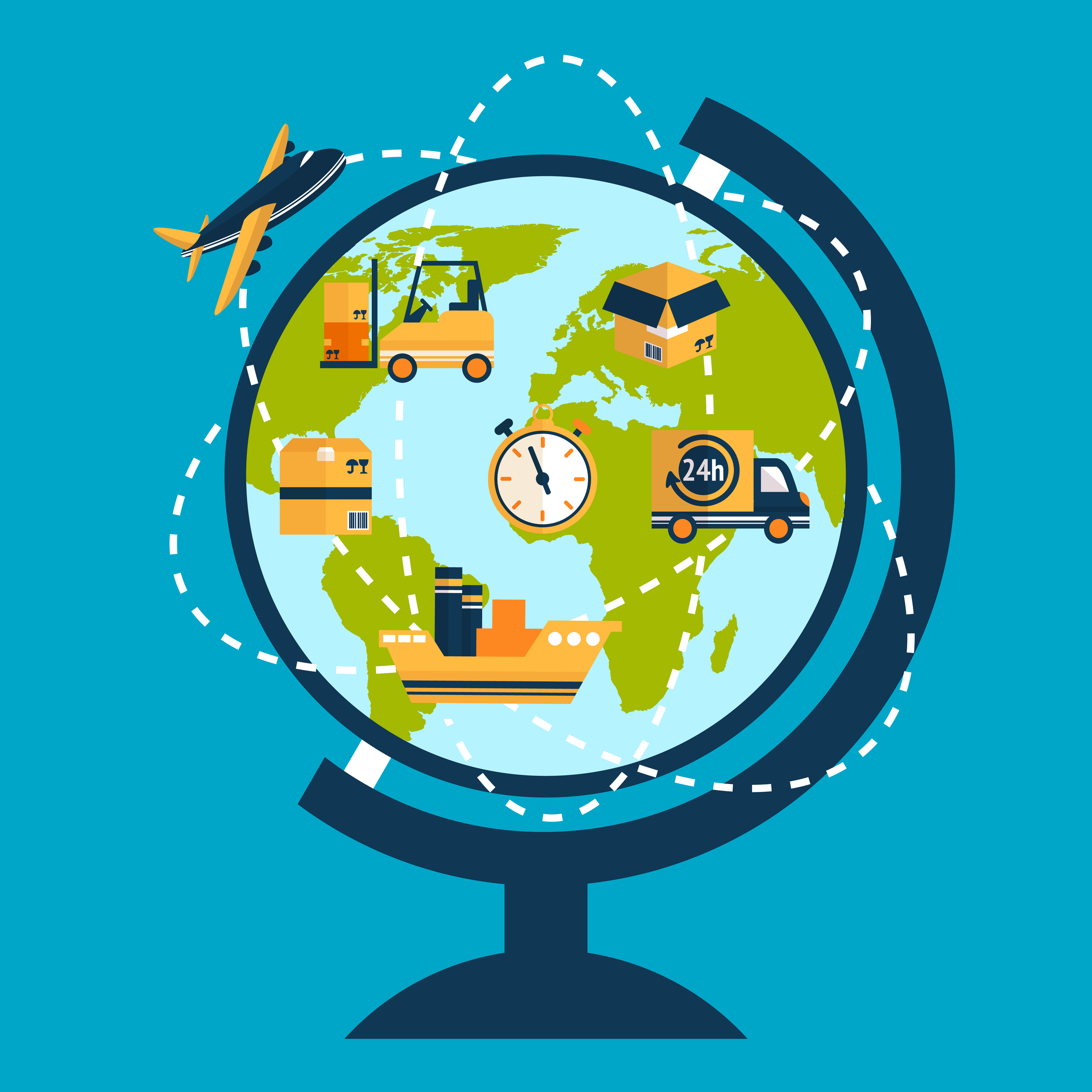Made Everywhere and Nowhere
Wall Street Journal |

By Adrian Woolridge
These are dark days for supporters of globalization. Bernie Sanders and Donald Trump have upended the U.S. presidential race by championing protectionism. The Dutch have rejected a free-trade deal with Ukraine. The British are contemplating withdrawing from the European Union. And a flood of migrants from the Middle East are roiling European politics. Erstwhile champions of globalization respond with an uncertain trumpet: Hillary Clinton has renounced her former support for the Trans-Pacific Partnership, and Angela Merkel is trying, surreptitiously, to undo her open-door policy.
The retreat extends beyond politics. Some business gurus have begun to suspect that the globalization moment is over. Why off-shore jobs to China when Chinese workers are demanding pay raises? Why stretch your supply chain when it might be snapped by terrorist outrages? Banks are scaling back their global ambitions in part to shore up their balance sheets. And big companies are becoming more intertwined with politics, thanks to ever more regulations.
“Connectography: Mapping the Future of Global Civilization” is a counter-blast to such thoughts. As the subtitle suggests, Parag Khanna is nothing if not ambitious. This is the third of a three-volume series that includes a portrait of “the new geopolitical marketplace” (“The Second World,” 2008) and an analysis of global leadership (“How to Run the World,” 2011)—and the author is not yet 40. Mr. Khanna, who is a CNN global contributor and a senior research fellow at the Lee Kuan Yew School of Public Policy at the National University of Singapore, has traveled everywhere, including a lot of dangerous places, and soaked himself in the relevant literature. He jokes that this is a “book about everything,” and he does indeed overwhelm the reader with vignettes of his travels and references to his reading. But for all that his argument is clear and coherent.
Mr. Khanna argues that the most important fact about the modern world is the rise of connectivity. Countries and companies have been building bridges, digging tunnels, constructing airports and laying fiber at a breathtaking pace, soldering the world ever-closer together. Donald Trump may talk about building a wall at the Mexican border. But in the real world Mexico and the United States are cooperating on building an airport that straddles the border between San Diego and Tijuana. Journalists may highlight the fact that Denmark and Sweden have reintroduced border checks on the Oresund Bridge between Copenhagen and Malmo. But what really matters is the fact that Copenhagen and Malmo have become so interconnected that many people commute across the bridge every day. Flows are prevailing over frictions.
Accounts of the wonder-working ways of the Internet are two a penny. Mr. Khanna provides a rare account of the physical infrastructure of globalization. One of Shell’s natural-gas platforms, off the coast of Australia, is three times the size of Sydney’s opera house. The Triple-E container ships of the Maersk Line, a Danish shipping company, are almost twice as long as America’s biggest aircraft carrier. The company has 20 of them, compared with the U.S. Navy’s 10 carriers. Mr. Khanna also provides a well-researched account of how companies are weaving ever more complicated supply chains that pull the world together even as they squeeze out inefficiencies. Products should start carrying the label “made everywhere.”
Mr. Khanna argues that the paramount factor in determining a country’s importance, and indeed its success, is not its location but its connectedness to flows of resources, capital, data and talent. He also argues, with some powerful evidence, that China has a much better grasp of the importance of infrastructure than does the United States: It routinely funds physical infrastructure in order to direct the flow of global trade to its advantage.
Mr. Khanna is less successful when it comes to understanding what he calls “our emerging global network civilization.” His vision of civilization is chillingly soulless. He quotes reams of “studies” but never mentions novels or poetry. He offers statistics about the biggest this and the fastest that but never discusses what all the size and speed are for. “For the increasing millions who call Dubai home,” he enthuses, “to be there is to be everywhere, which can be superior to traditional notions of great cities being deeply rooted somewhere.” But you don’t have to be an anti-globalist to find Dubai repugnant: a cultural desert that is populated by “winners” who while away their lives in shopping malls and desperate labourers who live lives of toil and tedium. Fifth-century Athens produced Plato and Aristotle. Dubai produces bling and banality.
Mr. Khanna’s soulless vision means that he is far less compelling on the politics of globalization than he is on the logic of infrastructure. He treats nation-states with a Davos-style disdain—power in a global world should be handed upward to multinational bodies or downward to local governments. He treats the growing backlash against globalization as the product of economic marginalization: Fundamentalists and irredentists would come onboard if only supply chains were more inclusive.
But the truth is more complicated: Many people dislike globalization not because it impoverishes them but because it sacrifices transcendental things for earthly goods. No amount of stuff can make up for a loss of cultural identity, and the more globalization gallops ahead, the more people find their identity threatened. Mr. Khanna has succeeded in demonstrating that the forces of globalization are winning the battle for connected space, building tunnels, bridges and pipelines at an astonishing pace. He is less successful in demonstrating that they are winning the battle for people’s minds, let alone their souls.